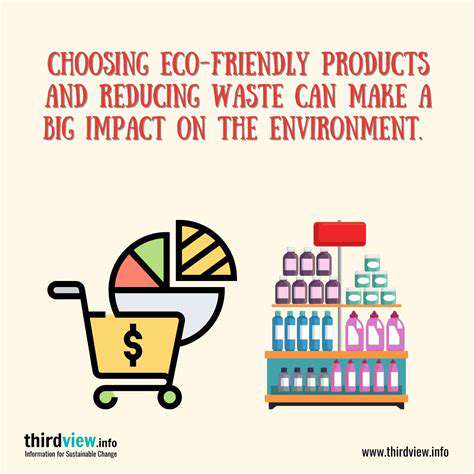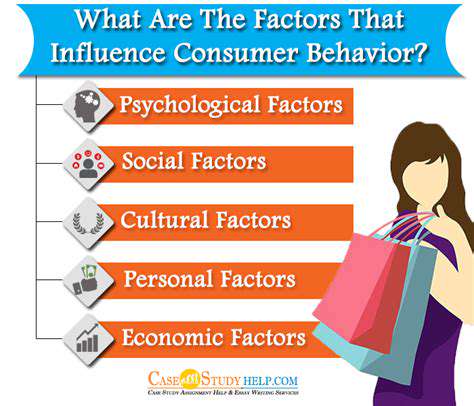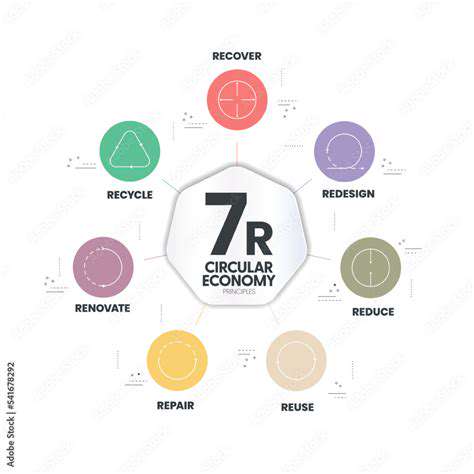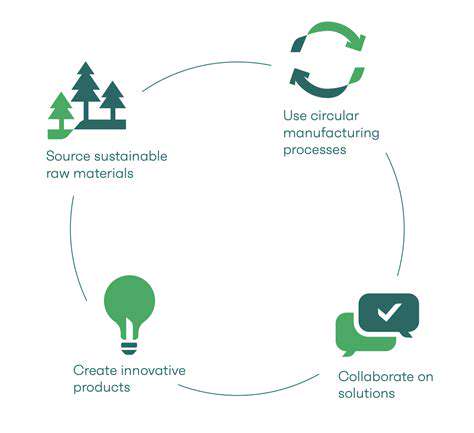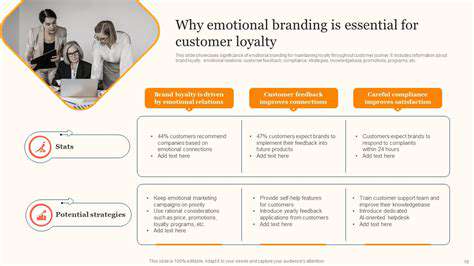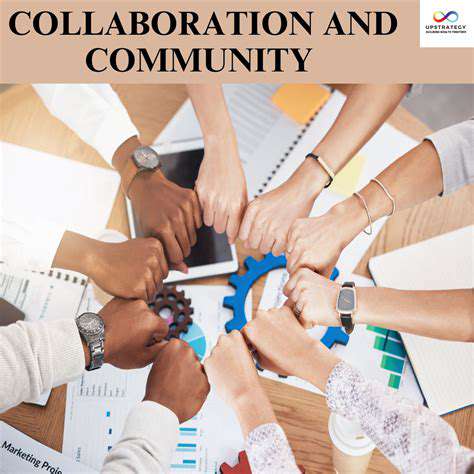Copyright and Fair Use in User Generated Content: A Legal Primer
Understanding Fair Use
Fair use is a legal doctrine in copyright law that allows limited use of copyrighted material without obtaining permission from the copyright holder. It's not a simple yes or no proposition but rather a complex balancing test that considers the nature of the use, the nature of the copyrighted work, the amount and substantiality of the portion used, and the effect of the use upon the potential market for or value of the copyrighted work. Understanding the nuances of this test is crucial when dealing with user-generated content (UGC) and its potential fair use implications.
The Four Factors of Fair Use
The fair use analysis hinges on four key factors: the purpose and character of the use, the nature of the copyrighted work, the amount and substantiality of the portion used, and the effect of the use upon the potential market for or value of the copyrighted work. Each factor is weighed against the others to determine whether the use is fair. For instance, transformative use, where the UGC creates a new meaning or message from the original copyrighted work, is often considered more likely to be fair use.
UGC and Transformative Use
User-generated content, by its very nature, often involves transformation. A user might use a snippet of a song in a video, but the video itself might be a commentary on the song, a parody, or a creative mashup. This transformative use, when it substantially alters the original work, can significantly bolster the argument for fair use. The key lies in demonstrating how the UGC elevates the original material into something new and distinct.
The Nature of the Copyrighted Work
The type of copyrighted work plays a crucial role in the fair use analysis. A factual work, for example, may be more easily used in a transformative way than a fictional work. Similarly, a work that is widely available and easily accessible might be viewed differently than a rare or unpublished work. Factors such as the work's purpose, accessibility, and publication history influence the fair use determination.
Amount and Substantiality of Use
The amount of the copyrighted material used is a key consideration. A small excerpt from a song used in a video commentary might be deemed fair use, while a significant portion used without any transformation could raise concerns. The substantiality of the portion used also matters, considering whether it's the core essence or a minor, incidental part of the original work.
The Effect on the Potential Market
The most critical factor is likely the impact on the market for the original work. If the UGC's use significantly detracts from the copyright holder's potential profits or revenue streams, it may be less likely to be considered fair use. However, this factor is not always straightforward, and the existence of alternative markets or the unique nature of the UGC may influence the outcome.
Practical Considerations for UGC Creators
Understanding the fair use doctrine is critical for creators of user-generated content. Seeking legal counsel is advisable, particularly in cases where the potential for infringement is high. Documentation of the transformative nature of the use, along with evidence of the minimal impact on the market, can greatly strengthen a fair use defense. Thorough research and careful consideration of the potential implications are essential before utilizing copyrighted material in user-generated content.
Key Considerations for UGC Creators

Understanding Your Audience
Knowing your target audience is crucial for creating engaging and effective User-Generated Content (UGC). Understanding their interests, preferences, and pain points allows you to tailor your content to resonate with them on a deeper level. This targeted approach increases the likelihood of your UGC being shared and engaging with potential customers. This understanding also helps you craft calls to action that are relevant and persuasive.
Analyzing existing UGC from your niche or industry can give you valuable insights into what resonates most with your audience. Look for patterns in the types of content that get the most engagement and try to identify the common themes or topics that your audience responds to. By doing so, you can create UGC that aligns with their expectations and interests.
Crafting Compelling Content
Creating UGC that stands out requires more than just taking a pretty picture or posting a short video. It demands a deep understanding of storytelling and how to effectively convey a message. Focus on creating a narrative that connects with your audience on an emotional level. High-quality visuals and compelling captions that tell a story are vital for creating impactful UGC.
Ensure your content is relevant to your brand and aligns with your overall marketing strategy. Consider the platform where you'll be posting your UGC and tailor the format accordingly. Each platform has its own unique characteristics and audience engagement patterns. Adapting your approach will enhance the reach and impact of your content.
Utilizing Effective Hashtags
Hashtags are essential for increasing the visibility of your UGC. Researching and utilizing relevant hashtags can significantly expand your reach and connect with a wider audience interested in similar topics. The use of a mix of broad and niche-specific hashtags is key to maximizing your reach. This approach helps you reach a broader audience while also targeting specific segments within your niche.
Using relevant hashtags is only part of the process. Be mindful of using too many or irrelevant hashtags. Overusing hashtags can negatively impact your content's visibility and engagement. A balanced approach that targets a specific group while maintaining visibility is important.
Optimizing for Different Platforms
Different social media platforms cater to different audiences and content formats. Instagram, TikTok, and Twitter each have unique characteristics that demand specific approaches. Adapting your UGC to the platform's norms and aesthetics is paramount for maximizing engagement. This involves understanding the platform's visual style guidelines, typical post length, and the types of content that perform best on each.
For example, Instagram excels in showcasing high-quality images and videos, while TikTok thrives on short-form, engaging videos. Knowing these differences allows you to create content that fits the platform's style and increases your chances of success.
Measuring and Analyzing Results
Measuring the performance of your UGC is essential for understanding what works and what doesn't. Track key metrics like engagement rates, reach, and conversions to identify trends and patterns. Analyzing this data provides valuable insights into what resonates with your audience and helps refine your strategies for future UGC campaigns. This analysis is essential for continuously improving performance.
Tools and analytics platforms can provide valuable data on how your UGC is performing. Using this data to inform future content creation decisions will improve your results over time. Monitoring these metrics helps to identify effective strategies and refine your approach to achieve better engagement and results.
Encouraging User Participation
Encouraging user participation is a key aspect of successful UGC campaigns. Creating prompts, challenges, and contests that encourage user-generated content will significantly increase your content volume and engagement. Prompting specific themes or ideas that align with your brand can produce relevant and engaging content that aligns with your branding.
Offering incentives, such as giveaways, discounts, or recognition, can further motivate users to participate. Rewarding participation fosters a sense of community and encourages more users to create and share their content. This can drive significant growth in your brand's visibility and customer engagement.
Avoiding Copyright Issues: Best Practices for UGC

Understanding Copyright
Copyright law protects original works of authorship, including literary, dramatic, musical, and certain other intellectual works. Understanding the fundamental principles of copyright is crucial to avoiding infringement, as it outlines the rights granted to creators and the limitations on those rights. Copyright protection arises automatically upon creation of a work, meaning registration isn't strictly necessary for initial protection, although it can be beneficial. This automatic protection extends to both published and unpublished works. It's essential to remember that copyright protects the expression of an idea, not the idea itself.
Copyright infringement occurs when someone uses a protected work without permission. This can range from direct copying to adaptations and derivative works. The unauthorized use of copyrighted material can result in significant legal consequences and financial penalties for the infringer. Understanding the scope of copyright protection for various types of works is a critical aspect of navigating the digital landscape and avoiding inadvertent infringements.
Recognizing Protected Material
Identifying copyrighted material is not always straightforward. Many works, like books, articles, music, and images, are clearly protected. However, even seemingly simple elements, such as designs, photographs, and short phrases, can be subject to copyright. It is always best to err on the side of caution and assume material is protected unless you have explicit permission to use it. This includes material found online, even if it seems unattributed or freely available. Be mindful of the potential for copyright infringement when using any creative work, even when it seems to lack clear attribution.
When considering the use of material found on the internet, be aware that many works might be protected, even if they are not clearly marked with copyright symbols. This includes images, videos, and text found on websites, blogs, and social media platforms. Carefully review licenses associated with the material to ensure that your intended use is permissible. Consulting with a legal professional can be particularly beneficial in complex cases or when dealing with potentially contentious material.
Copyright protection often extends to the arrangement or compilation of works. This means that even if individual parts of a work are not individually protected, the overall compilation might be. This is particularly important when dealing with collections of material, such as anthologies or databases. It's crucial to understand that simply re-arranging or slightly modifying a work doesn't necessarily eliminate copyright protection, and further analysis might be needed.
Utilizing Permissible Uses and Proper Attribution
Fair use is a legal doctrine that allows limited use of copyrighted material without permission. However, fair use is a complex legal concept with specific factors to consider. These factors include the purpose and character of the use, the nature of the copyrighted work, the amount and substantiality of the portion used, and the effect of the use upon the potential market for or value of the copyrighted work. Careful consideration of these factors is essential to ensure that your use falls within the parameters of fair use.
Proper attribution is critical for avoiding copyright infringement, even when utilizing fair use principles. Providing appropriate credit to the copyright holder, including the author and the original source, is a fundamental aspect of respecting intellectual property rights. This often involves including citations, links, or other appropriate acknowledgements in your work. Failing to provide proper attribution can lead to legal issues and damage your reputation.

